31 Oct Osteopenia, Osteoporosis and Exercise
Written by Bec Godwin, Accredited Exercise Physiologist
Did you know that 1 in 10 people over 50 years old in Australia are diagnosed with Osteoporosis (Australian Institute of Health & Welfare). However, due to the silent nature of the disease, there is likely to be many more people living with osteoporosis who are undiagnosed. Unfortunately, women are 4 times more likely to have Osteoporosis than men (Australian Institute of Health & Welfare).
What is Osteopenia and Osteoporosis?
Osteopenia is a term used when our bones are weaker and have a lower bone density than normal, however not low enough to be osteoporotic (Osteoporosis Australia). Where as, Osteoporosis is the loss of bone thickness or mass, where bones become more fragile and weak and are at a higher risk of fracturing (Osteoporosis Australia).
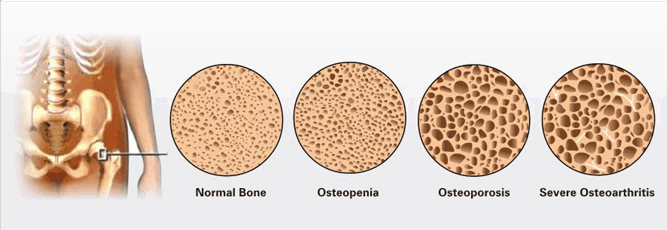
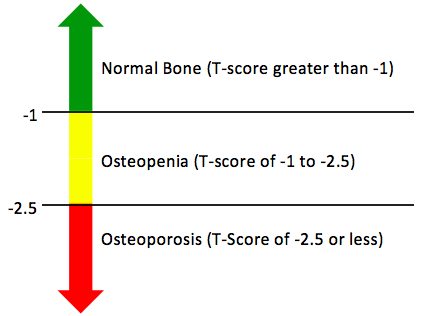
How is Bone Density Measured?
Bone density is determined using a Dual-energy X-ray Absorptiometry, more commonly known as a DEXA scan. Normal healthy bone has a T-score of -1 or more; Osteopenia -1 to -2.5 and Osteoporosis is diagnosed when you have a t-score of less than -2.5 (Exercise is Medicine). It is not uncommon that different bones in our body can have different T-scores, for example, our hip may be weaker and more fragile than other areas like our wrist or spine, therefore the hip is at a greater risk of fracture.
Risk Factors for osteoporosis
There are several risk factors for developing osteoporosis, including:
- >50years age
- During and after menopause – this is due to the loss of estrogen
- Low estrogen
- Low testosterone
- Dietary intake – Low calcium
- Low vitamin D levels from diet or sun exposure
- Physical Inactivity
- Smoking
- Thyroid conditions i.e. over active thyroid or parathyroid
- Corticosteroids – asthma, rheumatoid arthritis & other inflammatory conditions
- Chronic disease i.e. rheumatoid arthritis, chronic liver or kidney disease
- Malabsorption i.e. Coeliac disease, inflammatory bowel diseases
- Some medications used in the treatment of breast cancer, prostate cancer, epilepsy, some antidepressants
- Excessive alcohol intake
- Weight – thin body build or excessive weight.
If you have one or more of these risk factors, it is recommended that you see and talk to your GP about having a DEXA scan to determine your bone density.
Exercise and Osteoporosis
Exercise plays a large role in forming and maintaining healthy and strong bones throughout our whole lifespan, from babies to elderly (Figure 1). We reach our peak bone mass around our late 20’s and slowly start to lose bone mass as we age, beginning in our 30’s and 40’s (Osteoporosis Aus, Exercise is Medicine). Regular exercise is one of the most effective ways to maintain a high bone density, as well as prevent the loss of bone mass. When we exercise, we are loading and shocking our bones, causing them to slightly deform or bend a tiny amount (Exercise is Medicine). This stimulates them to grow and harden to protect them against future injury (Exercise is Medicine). As well as keeping healthy bones, exercise also plays an important role in increasing muscle strength, healthy body composition and especially balance and co-ordination, which are essential as we age to reduce the risk of falling, which may result in fractures.
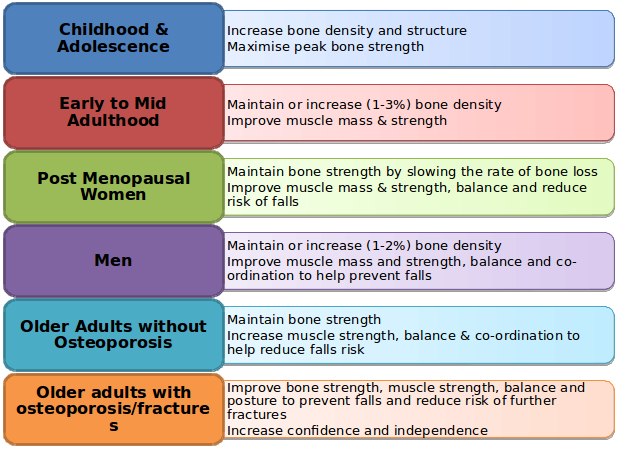
Figure 1. Role of exercise in bone density & health at different stages of life (adapted from Osteoporosis Australia)
It is recommended that people with Osteoporosis exercise 4-5 times per week for a minimum of 40 minutes per session. This should include a minimum of 3 individually tailored resistance-training sessions (Exercise is Medicine).
If you are interested in learning more about how exercises can assist you with your bone health or for assistance in designing an individually tailored exercise program, contact Strong and Stable on 9762 0976 or via email at [email protected].
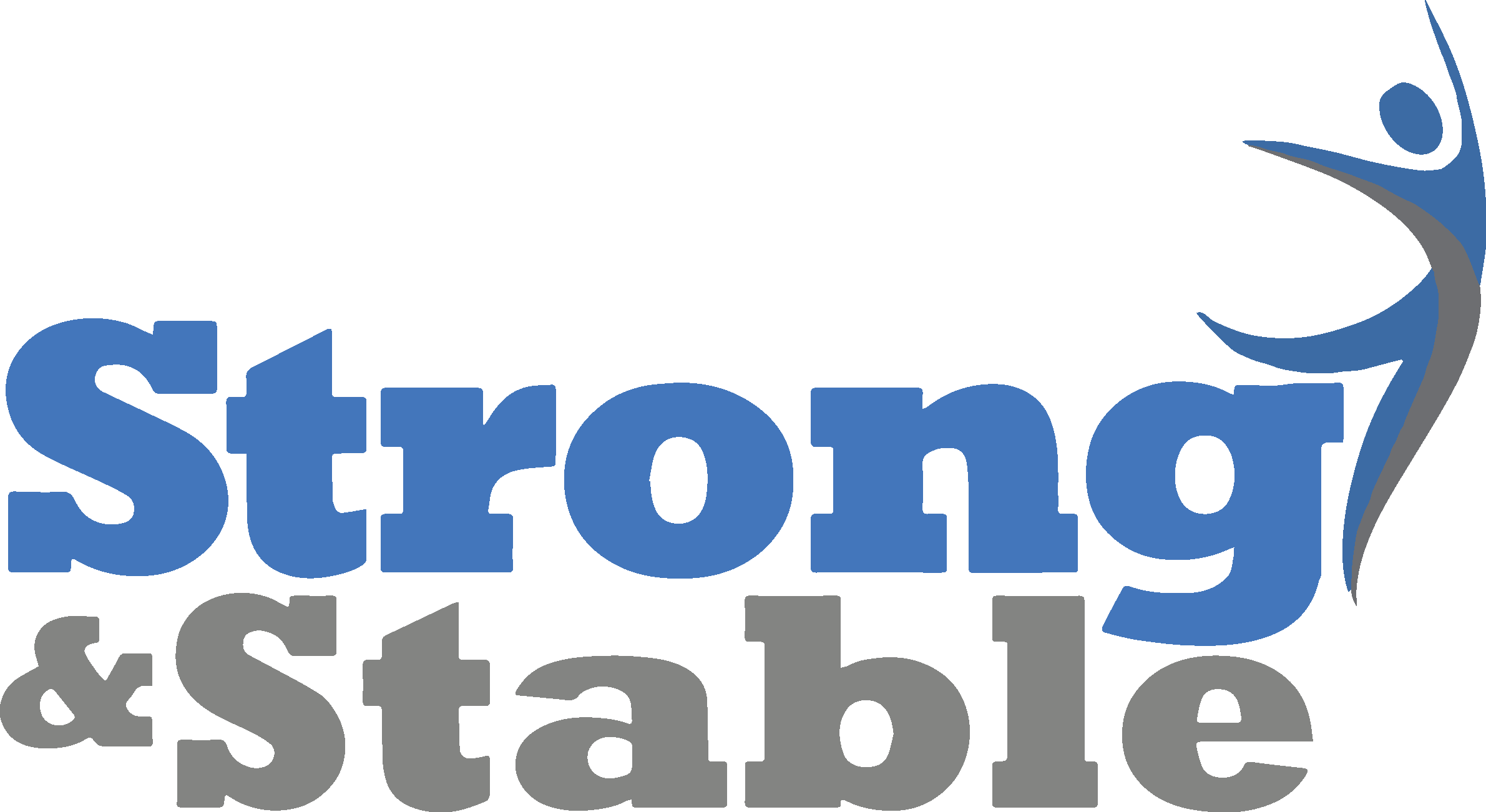
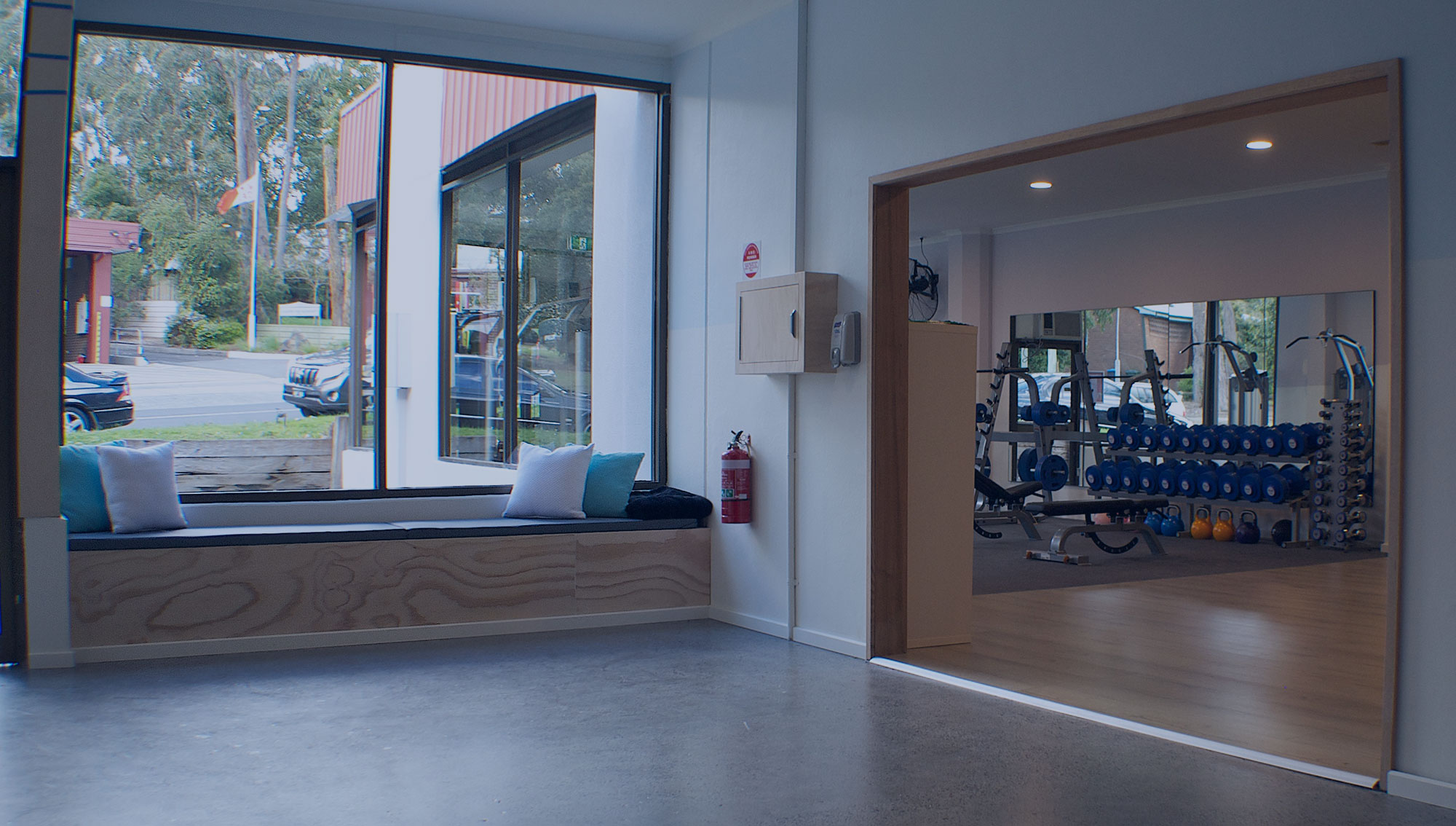
Sorry, the comment form is closed at this time.